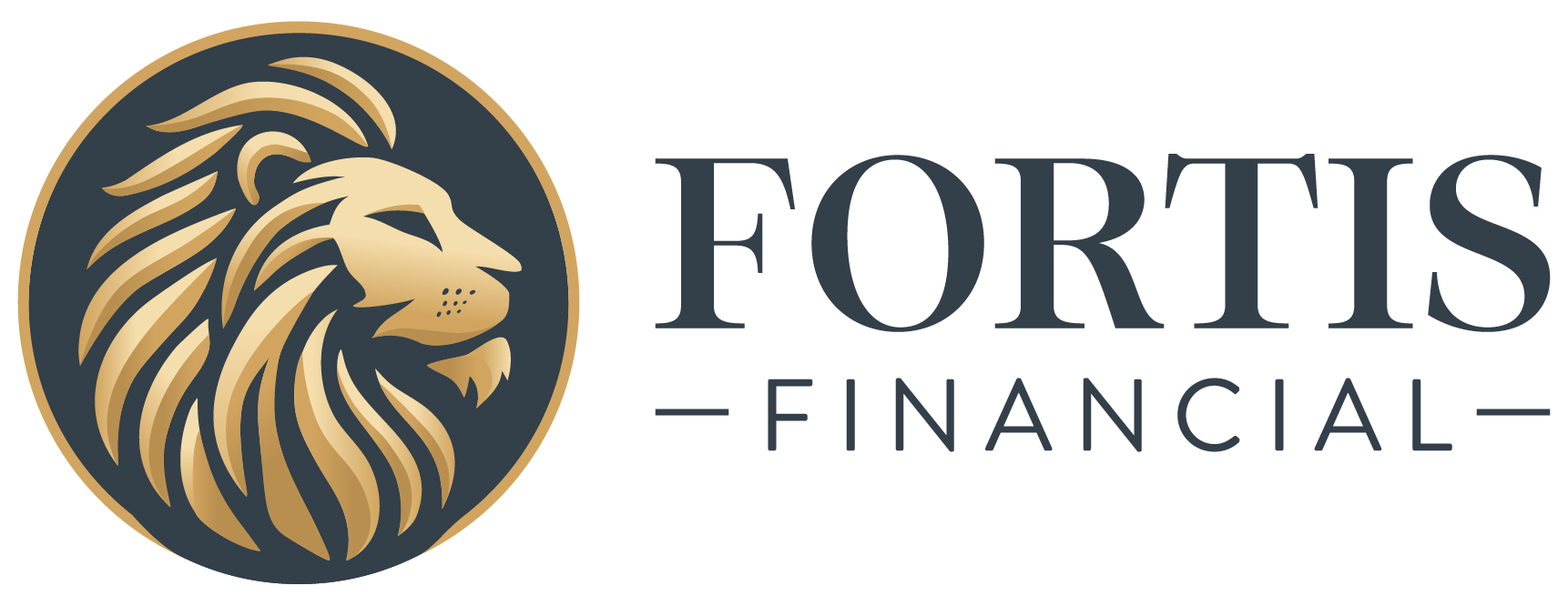Matt Kory, Vice President, Retirement Programs
As a retirement income vehicle, the 401(k) is second in popularity only to Social Security – and as CNBC reported in 2019 the number of 401(k) millionaires is at an all-time high. But is a million dollars even enough for your retirement needs?
Just think of the numbers. People are living longer these days, and that number is only going up. If you retired at 62 and lived to 92, you’d have to cover three decades. A million dollars breaks down into an annual amount of about $30,000 over 30 years (not counting taxes, etc.). That’s money, but not a lot of money, and probably nowhere near the standard of living many of us are used to.
How can you take your 401(k) to the next level and not only strive to reach that million-dollar mark, but actually meet your retirement needs?
Optimizing your 401(k) is a mix of planning, saving for the future and self-awareness, but it’s simpler than you think. Let’s look at a few 401(k) planning basics to get you started.
1. Understand Your Plan
The best kind of money isn’t old, new or even tax-advantaged – it’s free money! If your employer has a 401(k) program, they probably have a matching plan. Know what that is and make sure you max it out. They’re essentially giving you money, which you never want to turn down. Don’t be afraid to ask. You probably got a disclosure explaining the match but sometimes it’s easy to miss.
There are a few options out there. Two of the most popular are Traditional and Roth 401(k), which are primarily different because of tax treatment. In the Traditional, you pay Uncle Sam when the money is taken out, in the Roth, you pay him before you put it in. Will you be in a higher tax bracket now or in retirement? Which works better for you in the long run? Remember, you don’t have to pick one or the other – many times you can participate in both.
So, the first of your 401(k) planning basics is to know what kind of program and matching opportunities your employer offers, and next you’ll want to think strategy.
2. Set it and Forget It
Albert Einstein said, “Compound interest is the 8th wonder of the world. He who understands it, earns it; he who doesn’t, pays it.” I can’t disagree with genius there. The importance of compounding interest can’t be emphasized enough.
Let’s say I have $100,000 in my retirement fund and I make 5% interest. Then I have $105,000 gathering 5% interest in my account, and the next year I make $5,250. The math, despite Einstein’s interpretation, is really fairly simple. The wonder is that more people don’t take advantage of it. More often, the key to investing success is time! Or more specifically, investing over a long period of time.
Play the markets all you want, but an investment with this kind of consistency and predictability will be near impossible to find.
3. Tune Out the Noise
Inverted yield curve. Recession. Unemployment rates. Trade wars. The headlines will always throw emotional punches. Their motivation isn’t always to convey fact, it’s to sell newspapers. Once they hook you with a headline and you give up your $1.50, their job is done.
Remember the old maxim: “Time in the market is more important than timing the market.” Yes, be careful about the movements of global money, but make sure you’re trusting professionals – not a buddy shouting advice over a cubicle wall or a journalist trying to get readership. Sticking to your plan and riding out some – if not most – of these fluctuations is a safer bet in the long run.
Think of the months where there have been multiple fluctuations of one percent or less, but then by the end of the month, the markets are back up where they were. Then there are months where there’s only one move and it’s a dip of 2% that stays. Both of these scenarios are examples of volatility, but one sells newspapers and other is a lasting effect investors need to be aware of.
If you change your 401(k) or IRA investments every time there’s a new headline, you will drive yourself crazy and could lose big in the end.
4. Know Your Own Fingerprint
When you look at a picture of a fingerprint, you know what you are seeing – they have a fundamental shape and size. However, on closer inspection, each print for each person is radically different. Financial life is very similar: there are basics we can all share, but, at a certain level, each person’s journey is one-of-a-kind.
For example, at 27 years old with a relatively new 401(k) on your hands, you may want to invest in more aggressive funds because you have more time to recover. At 60, nearing retirement, your risk profile should be different because you will need that money to live on soon and you don’t have as much time to cover losses.
Engage with an advisor who offers tailored advice, not one-size-fits-all platitudes. Your plan has to be responsive to your goals, your values and your place in the life journey.
Not an Afterthought
Life gets busy. Between kids and grandkids, careers and everyday demands, an automatic withdrawal from your paycheck to a distant account is probably not on your mind much. But working on the structure of your retirement income will pay off in the end.
You don’t have to be on the phone with your advisor every week or check the stock ticker every morning, but a few meetings just to get on the right course will get you further than you can imagine.
Distributions from traditional IRAs and employer sponsored retirement plans are taxed as ordinary income and, if taken prior to reaching age 59½, may be subject to an additional 10% IRS tax penalty. For complete details, consult your tax advisor or attorney.


